Around the world in barbecues: The grilling traditions of 17 countries

Updated , first published
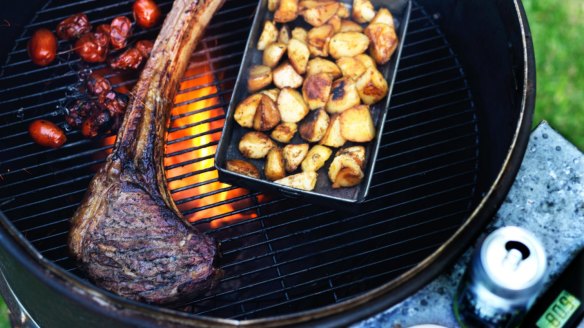
Barbecuing is one of the defining features of a country's cuisine and in many ways, its national pride. Nearly every country does it, and thinks their way of doing it is the best. No doubt come Australia Day, many of us will be doing it, too.
It's not just cooks who think barbecue is important, scientists do as well. Charles Darwin considered language and fire to be the two greatest achievements in humanity. Think about that the next time you're having a chat around the barbie.
No matter where you go, where there's smoke there's fire, and there's probably someone chucking a snag on it. It's more than just a weekend lunch – it's a celebration of humanity. Gathering around a fire to eat and share stories is as much a ritual today as it was when the earliest humans did it. Here's how it's done all over the world.
ASIA
Malaysia, Singapore and Indonesia
In Malaysia, Singapore and Indonesia you'll find ikan bakar and ayam bakar, grilled fish, stingray or chicken, slathered in fiery sambal and grilled on banana leaves. Satays, too, are a classic, the distant cousins of kebabs introduced through the influence of traders from India and the Middle East, and richly flavoured with the products of the spice trade.
Japan
Irori, hibachi, robotayaki, yakiniku, sumibiyaki, and teppanyaki – there are more ways to grill food in Japan than you could poke a charred stick at. Underpinning it all is binchotan, Japan's famous oak charcoal that emits infra-red radiation to heat the meat inside while the fire sears the outside. My favourite would have to be yakitori. What's not to love about being able to produce 20-plus distinct skewers from a single chicken?
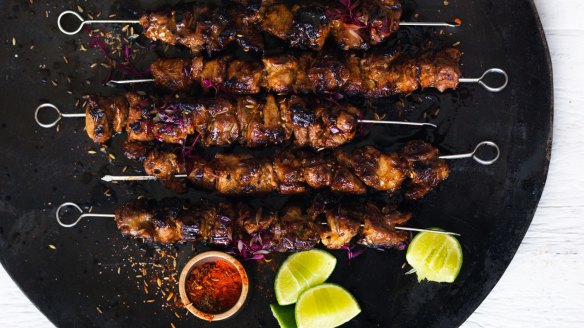
China
It might come as a surprise, but China is arguably the global barbecue powerhouse. In just about every major city in the world you'll find authentic Cantonese barbecue shops with their hanging offerings of siew yuk (roast pork), char siew (barbecue pork), suckling pig and roasted ducks. Not to be outdone on home soil, the northern Chinese states' yangrou chuan (Xinjing-style lamb skewers with cumin and chilli) bring hundreds of millions of people out onto table-lined streets in the summer.
Korea
Barbecuing in Korea is a way of life and possibly their greatest culinary export. A Korean "gogigui" grills all kinds of meats from samgyeopsal (pork belly) and galbi (beef ribs) to the famous bulgogi, all served with a raft of small banchan (side dishes).
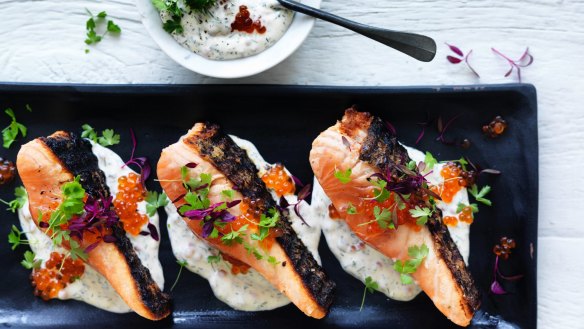
EUROPE
Sweden
From spring through to summer, Sweden is in the grips of grillfest fever, even if it's still cold enough outside for overcoats and beanies. Pork sausages are a favourite, but they are matched in popularity by salmon, shellfish, vegetables and flintastek, thick ham steaks marinated in vinegar.
Turkey
I've picked Turkey as a mid-point in the geography but love of the outdoor mangal (grill) extends from the Middle East all the way to Russia. Kebabs are the order of the day, whether skewered or not. Lamb (or more correctly, mutton) is the main game, but beef, chicken, goat and seafood are also popular. It all comes with mezze and piles of flatbreads.
Russia
As mangal-mania moves further east to Central and Eastern Europe, the kebab gives way to its close cousin, the shashlik. Shashliks are distinguished from kebabs by their marinades, which usually contain lots of onion in acidic and alcoholic liquids like vinegar and wine, and include woody herbs or sweet paprika. A mangal with shashliks is a quintessential part of the Russian dacha (country house) experience – mushroom foraging, guitar-playing and meat roasting over smoky coals.
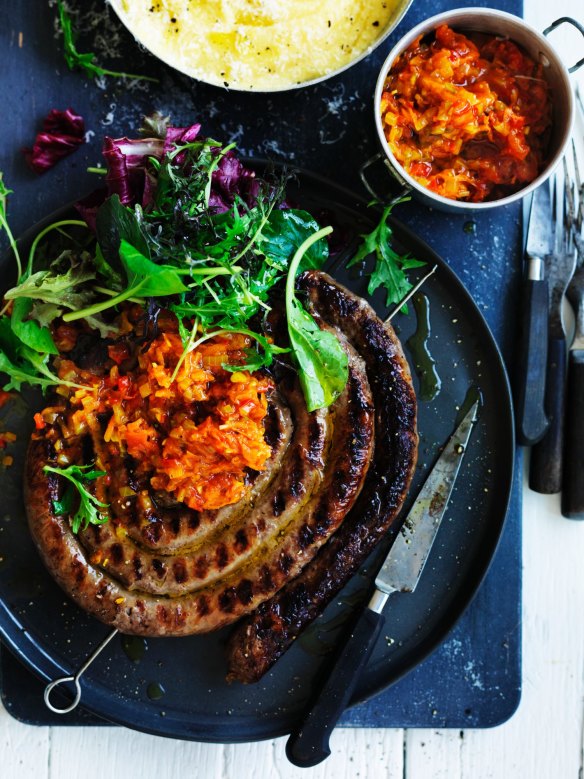
AFRICA AND THE MIDDLE EAST
South Africa
The South African braai is a monument to meat. From beef and lamb to ostrich and springbok, sosaties (huge meat skewers often flavoured with the spices and sweet fruit chutneys of Cape Malay influence), and thick coils of boerewors – all are grilled over wood coals and scatted with braai sout, a heavily spiced barbecue salt that's so delicious it's a wonder it hasn't caught on everywhere.
Israel
An al-haesh (also known as a mangal) is a big part of Israeli culture, particularly around Israel's independence day. Food comes in waves from pargyiot (chicken thighs), hearts and wings to lamb shishliks, beef sausages, steaks and short ribs. It's all served with quartered pita bread, salads and dips and washed down with Goldstar beer, red wine and lots of soft drinks.
Morocco
Firing up the grill in Northern Africa can mean many things, from freshly caught fish, to heavily spiced merguez sausages, to mechoui, where the word for "fire roasted" is given to a feast of lamb, roasted whole and stuffed with offal and dates. Morocco's signature flavour comes from two strongly spiced seasoning pastes – the rich chilli of harissa, and chermoula, an endlessly variable mixture often containing dry spices, fresh and dry herbs, onions, pickled lemons and oil.
THE AMERICAS
United States
Forget backyard "cook-outs" – any mention of "barbecue" in the US refers to the low 'n' slow serious business in the south. There are four main schools: the pulled pork and pig pickin' of the Carolinas, the pork ribs and chopped pork sandwiches of Memphis, the mixed meats served with thick molasses sauces and french fries of Kansas City, and the beefier, brisket-ier smokiness of Texas. Flavour is nurtured through smoke, and slathered on in sweet sauces.
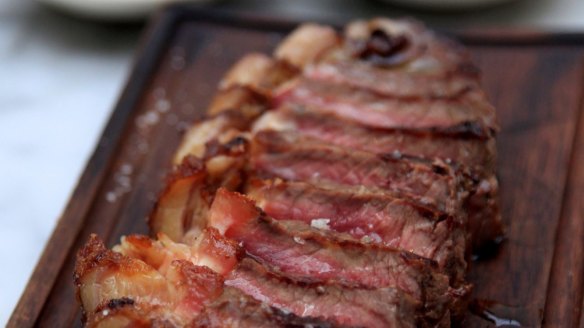
Argentina
While other meats sometimes make an appearance, the Argentine asado is all about the beef. Different cuts of meat and offal are cooked slowly, brushed with salmuera (brine) during cooking for seasoning and served with sauces such as the herby chimichurri and salsa criolla, a piquant sauce of raw tomato and onion. The sauces are used mainly with the offal cuts, leaving the meat to be enjoyed without distraction.
Brazil
Brazil and Argentina share a gaucho heritage of grilled meat, but it doesn't mean there isn't a strong rivalry. In terms of global fame, the Brazilian churrasco might just pip the asado. Barbecue restaurants known as churrascaria are found everywhere in Brazil, and are prolific abroad as well. They are often served in the all-you-can-eat rodizio style where for a fixed price, roaming servers will carve all kinds of meat from skewers directly onto your plate.
AUSTRALASIA
New Zealand and the Pacific
The Pacific islands and New Zealand's Maori culture take the art of barbecuing underground, burying meats, stuffings and vegetables under searing hot volcanic stones and earth for hours in traditional hangi (NZ), lovo (Fiji) and umu (Samoa) where the meat roasts, steams and pressure cooks for a unique flavour.
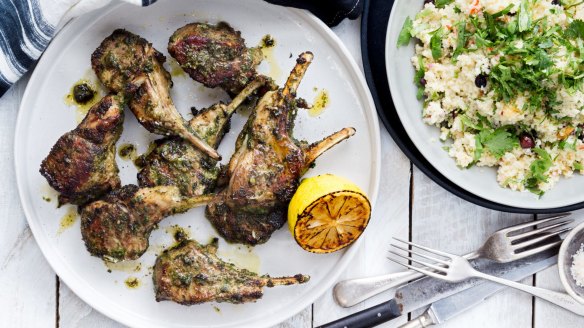
Australia
Our own barbecues are eclectic affairs. Spreads of lamb chops, snags, rissoles, honey-soy chicken wings, squid and lots of onions have always owed more to convenience than any particular culinary canon. While our "barbies" might not be steeped in as much history as other parts of the world, they are still rich in tradition and national pride. Is there any other nation that celebrates going to the polls with a well-earned "democracy sausage", or does the same thing to herald its national day as it does to punctuate a weekend trip to the hardware store? There can be nothing that sums up Australian culture better than to look at other countries with their grand and reverent barbecue feasts and instead say, "Yeah nah. A sausage in bread and a dip in the pool'll do me, mate."